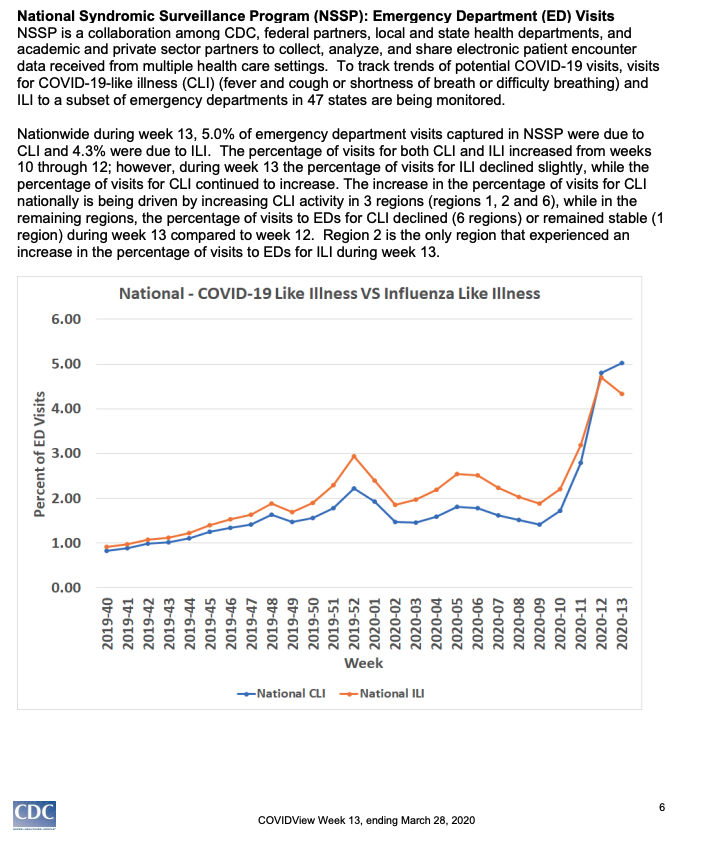1/ Reading this history of syndromic surveillance from @chrissyfarr brought back a lot of memories
"These ‘disease hunters’ developed a novel technique for tracking pandemics after 9/11, but lost funding right before COVID-19" https://www.cnbc.com/2020/04/04/syndromic-surveillance-useful-to-track-pandemics-like-covid-19.html?__source=sharebar|twitter&par=sharebar">https://www.cnbc.com/2020/04/0...
"These ‘disease hunters’ developed a novel technique for tracking pandemics after 9/11, but lost funding right before COVID-19" https://www.cnbc.com/2020/04/04/syndromic-surveillance-useful-to-track-pandemics-like-covid-19.html?__source=sharebar|twitter&par=sharebar">https://www.cnbc.com/2020/04/0...
2/ In 1999 I was an EIS Officer @CDCgov @nycHealthy working under the great Marci Layton & Annie Fine -who are there fighting COVID19 today- when I got involved with the City& #39;s bioterrorism preparedness program
The first aha moment was the idea of monitoring ambulance dispatches
The first aha moment was the idea of monitoring ambulance dispatches
3/for the first time, we had a real-time (if rough) finger on the pulse of the City& #39;s health, could clearly see spikes in ambulance dispatches for flu-like illness days to weeks before news stories about how ERs are slammed.
I was so excited I started a company! (went nowhere)
I was so excited I started a company! (went nowhere)
4/ September 11 and the Anthrax attacks changed my life, like so many others
My friend Rick Heffernan and I worked literally around the clock for weeks to set up feeds from EDs, and wrote the first code for analyzing them for clusters
I miss him so much
https://madison.com/news/local/obituaries/burch-heffernan-richard-thomas/article_58df72ca-8355-11e2-bae9-001a4bcf887a.html">https://madison.com/news/loca...
My friend Rick Heffernan and I worked literally around the clock for weeks to set up feeds from EDs, and wrote the first code for analyzing them for clusters
I miss him so much
https://madison.com/news/local/obituaries/burch-heffernan-richard-thomas/article_58df72ca-8355-11e2-bae9-001a4bcf887a.html">https://madison.com/news/loca...
5/ And there were others "misfits" across the country working on similar ideas- who were looking at the explosion of available electronic data, and the application of new statistical methods to this new generational challenge
We got together and called ourselves an institution.
We got together and called ourselves an institution.
6/ In 2002, with @jpavlin ( @USAMRIID) as co-chair we created the "International Society for Disease Surveillance", held the first of 17 Annual Syndromic Surveillance Conferences, published a journal dedicated to the emerging field.
https://www.ncbi.nlm.nih.gov/pmc/articles/PMC3456537/pdf/11524_2006_Article_191.pdf">https://www.ncbi.nlm.nih.gov/pmc/artic...
https://www.ncbi.nlm.nih.gov/pmc/articles/PMC3456537/pdf/11524_2006_Article_191.pdf">https://www.ncbi.nlm.nih.gov/pmc/artic...
7/ This 2003 NYT article from @perezpena is still gripping, and echoes
"In mid-March, a corner of Queens suffered a sudden, sharp increase in the number of people with fever and trouble breathing, turning up mostly at one hospital& #39;s emergency room....
https://www.nytimes.com/2003/04/04/nyregion/system-in-new-york-for-early-warning-of-disease-patterns.html">https://www.nytimes.com/2003/04/0...
"In mid-March, a corner of Queens suffered a sudden, sharp increase in the number of people with fever and trouble breathing, turning up mostly at one hospital& #39;s emergency room....
https://www.nytimes.com/2003/04/04/nyregion/system-in-new-york-for-early-warning-of-disease-patterns.html">https://www.nytimes.com/2003/04/0...
8/ this echoes too
"Congress is considering giving cities and states up to $425 million for "health surveillance." Still, public health experts say that would represent only a down payment on fixing what they describe as a woefully underfunded system"
https://www.washingtonpost.com/archive/politics/2001/11/24/in-new-york-on-alert-for-bioterrorism/5c031ce4-7934-4971-9af4-5dc5d3ddbd36/">https://www.washingtonpost.com/archive/p...
"Congress is considering giving cities and states up to $425 million for "health surveillance." Still, public health experts say that would represent only a down payment on fixing what they describe as a woefully underfunded system"
https://www.washingtonpost.com/archive/politics/2001/11/24/in-new-york-on-alert-for-bioterrorism/5c031ce4-7934-4971-9af4-5dc5d3ddbd36/">https://www.washingtonpost.com/archive/p...
9/ By 2004, I was thrilled to see this new field gaining credibility, and attention, and funding
The CDC even recognized it as a fundamental new tool in the arsenal of public health surveillance (these slides are classic CDC style BTW)
but trouble brewed
https://studylib.net/doc/15299385/overview-of-syndromic-surveillance">https://studylib.net/doc/15299...
The CDC even recognized it as a fundamental new tool in the arsenal of public health surveillance (these slides are classic CDC style BTW)
but trouble brewed
https://studylib.net/doc/15299385/overview-of-syndromic-surveillance">https://studylib.net/doc/15299...
10/ It was a battle between a powerful @CDCgov under GWB/Julie Gerberding who wanted to establish a national program "Biosense" and the band of state/local innovators who had started this, and felt strongly that it should remain in local hands
I thought it was like Star Wars
I thought it was like Star Wars
11/ At a national meeting I laid out what I thought was a devastating critique of hospitals reporting directly to CDC
"it& #39;s not your job, you can& #39;t investigate, and your analysis sucks"
Ironically, my slides are in perfect accordance to the CDC stylebook
https://slideplayer.com/slide/15074208/ ">https://slideplayer.com/slide/150...
"it& #39;s not your job, you can& #39;t investigate, and your analysis sucks"
Ironically, my slides are in perfect accordance to the CDC stylebook
https://slideplayer.com/slide/15074208/ ">https://slideplayer.com/slide/150...
12/ We set up an alternative vision: Distributed Surveillance Taskforce for Real-time Influenza Burden Tracking and Evaluation (DiSTRIBuTE)
funded by @polsiewski @SloanFoundation & @MarkleFdn (who were fighting similar battles on national security front) https://www.ncbi.nlm.nih.gov/pmc/articles/PMC3959914/">https://www.ncbi.nlm.nih.gov/pmc/artic...
funded by @polsiewski @SloanFoundation & @MarkleFdn (who were fighting similar battles on national security front) https://www.ncbi.nlm.nih.gov/pmc/articles/PMC3959914/">https://www.ncbi.nlm.nih.gov/pmc/artic...
13/ We& #39;d have the same analytic approaches, w some localization (eg local terminologies), running on line-level datasets maintained by state/local Health Departments, and aggregate results.
Look at this amazing visualization of flu across 8 jurisdictions http://currents.plos.org/influenza/article/applying-a-new-model-for-sharing-261w1jjdm6zrb-5/">https://currents.plos.org/influenza...
Look at this amazing visualization of flu across 8 jurisdictions http://currents.plos.org/influenza/article/applying-a-new-model-for-sharing-261w1jjdm6zrb-5/">https://currents.plos.org/influenza...
14/ Carol Diamond and the great @cshirky and I wrote in 2009:
"we propose a new model for analyzing data on populations, which takes distributed and dynamic access to information for granted without exposing the details of the underlying data"
https://www.healthaffairs.org/doi/pdf/10.1377/hlthaff.28.2.454">https://www.healthaffairs.org/doi/pdf/1...
"we propose a new model for analyzing data on populations, which takes distributed and dynamic access to information for granted without exposing the details of the underlying data"
https://www.healthaffairs.org/doi/pdf/10.1377/hlthaff.28.2.454">https://www.healthaffairs.org/doi/pdf/1...
15/ But by then I had joined the federal government, to help @DavidBlumenthal run programs and policies for implementation of the HITECH Act @ONC_HealthIT and my old boss @DrTomFrieden was running the CDC.
We had the opportunity to set it up the right way now-and we did, kind of
We had the opportunity to set it up the right way now-and we did, kind of
16/ For Meaningful Use we had hospitals report syndromic data to State/Local health authorities not the feds.
But many health departments (informatics largely defunded a decade after 9/11) couldn& #39;t accept it
CA gave hospitals exemptions from the reporting requirement https://abs.twimg.com/emoji/v2/... draggable="false" alt="🤦♀️" title="Woman facepalming" aria-label="Emoji: Woman facepalming">
https://abs.twimg.com/emoji/v2/... draggable="false" alt="🤦♀️" title="Woman facepalming" aria-label="Emoji: Woman facepalming">
But many health departments (informatics largely defunded a decade after 9/11) couldn& #39;t accept it
CA gave hospitals exemptions from the reporting requirement
17/ So folks like @jim_daniel and @kasshout (now with @awscloud) and Mike Coletta helped create a shared architecture at CDC - a catchers mitt that over 70% of hospitals are reporting into - but state/Local Health retain ownership of their "locker"  https://abs.twimg.com/emoji/v2/... draggable="false" alt="🇺🇸" title="Flag of United States" aria-label="Emoji: Flag of United States"> https://www.cdc.gov/nssp/participation-coverage-map.html">https://www.cdc.gov/nssp/part...
https://abs.twimg.com/emoji/v2/... draggable="false" alt="🇺🇸" title="Flag of United States" aria-label="Emoji: Flag of United States"> https://www.cdc.gov/nssp/participation-coverage-map.html">https://www.cdc.gov/nssp/part...
18/ The system is working really well as far as I can tell- is able to pick up COVID-related increases in ED visits nationally, and I think is being used in state and federal decision making, though I wish there was more transparency around that
It& #39;s a model for state-fed collab
It& #39;s a model for state-fed collab
19/ It drives me nuts to see this 20 years of institutional memory forgotten when I hear that folks are running around trying to figure out how to connect healthcare systems to feds directly, while state/local public health struggle with connections separately
We have the answer
We have the answer

 Read on Twitter
Read on Twitter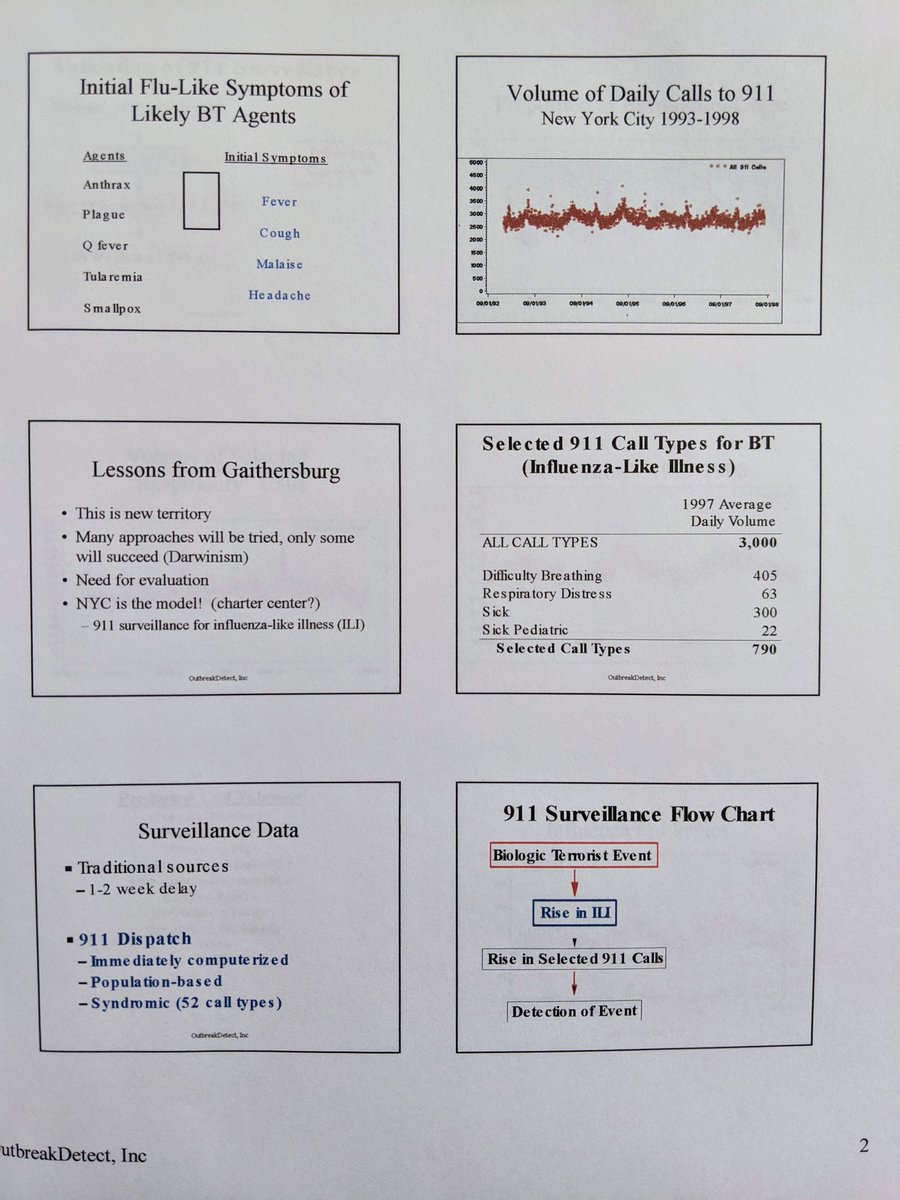
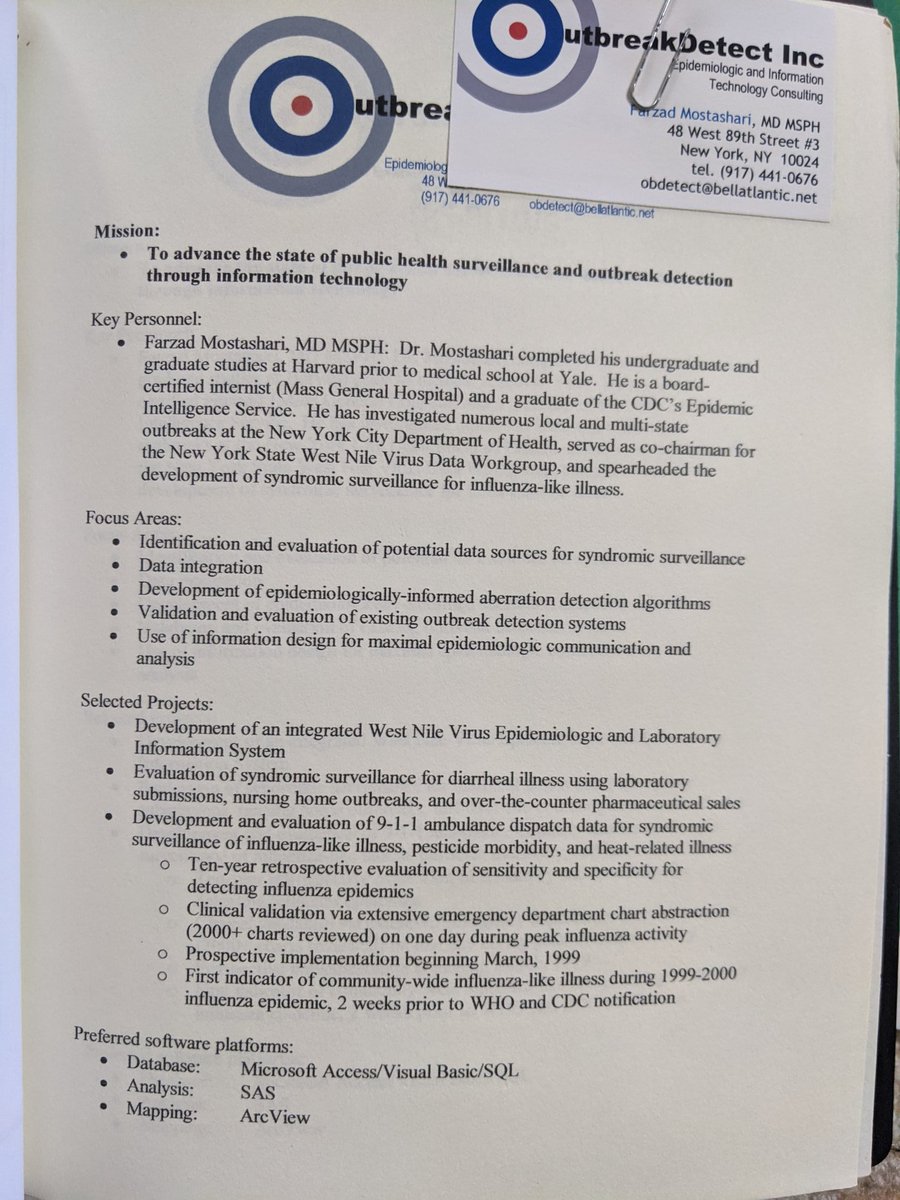
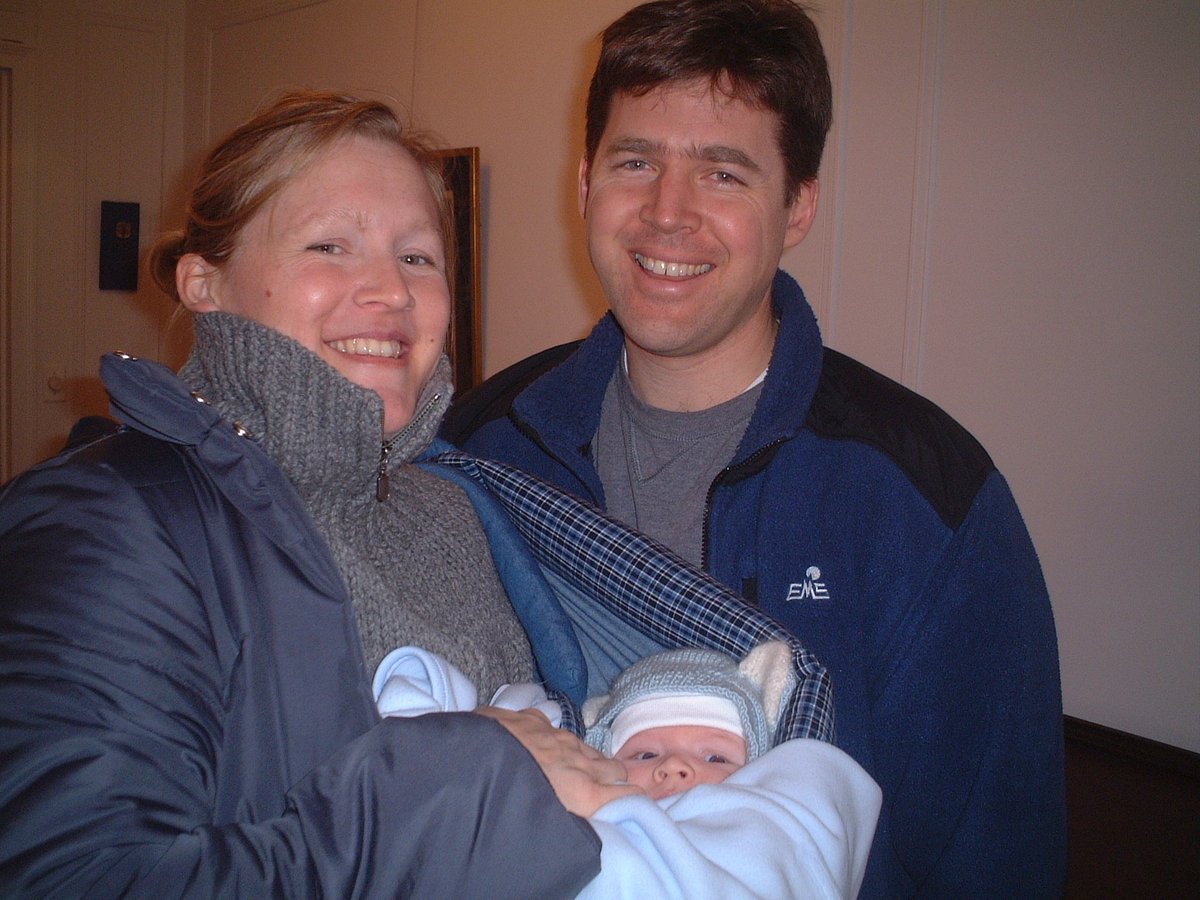
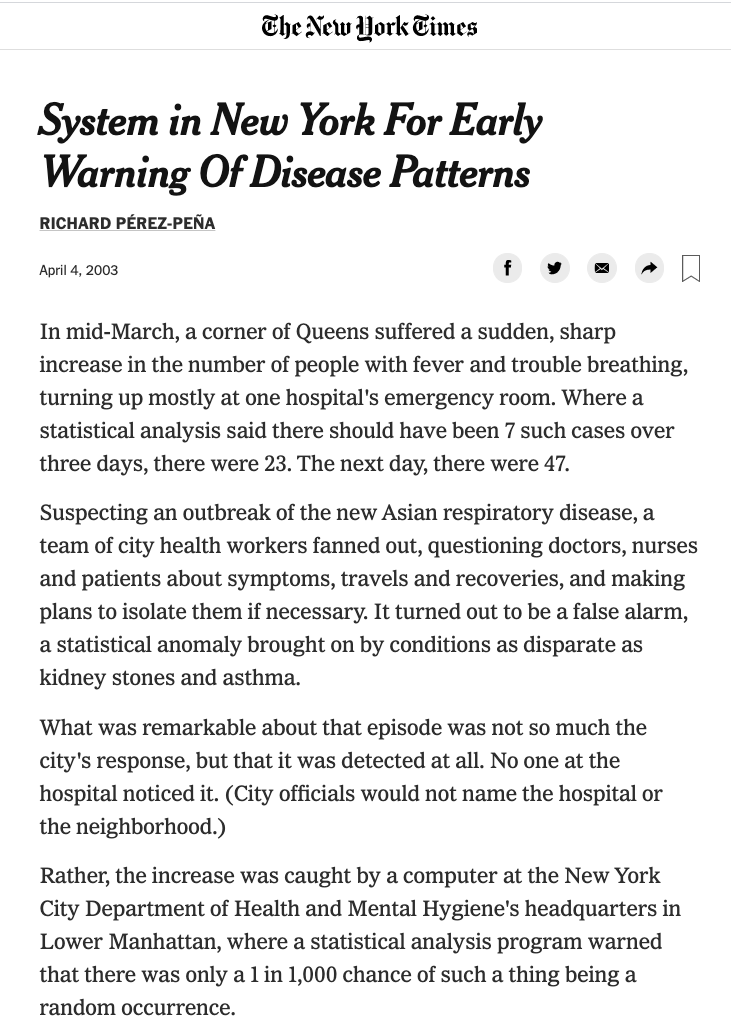
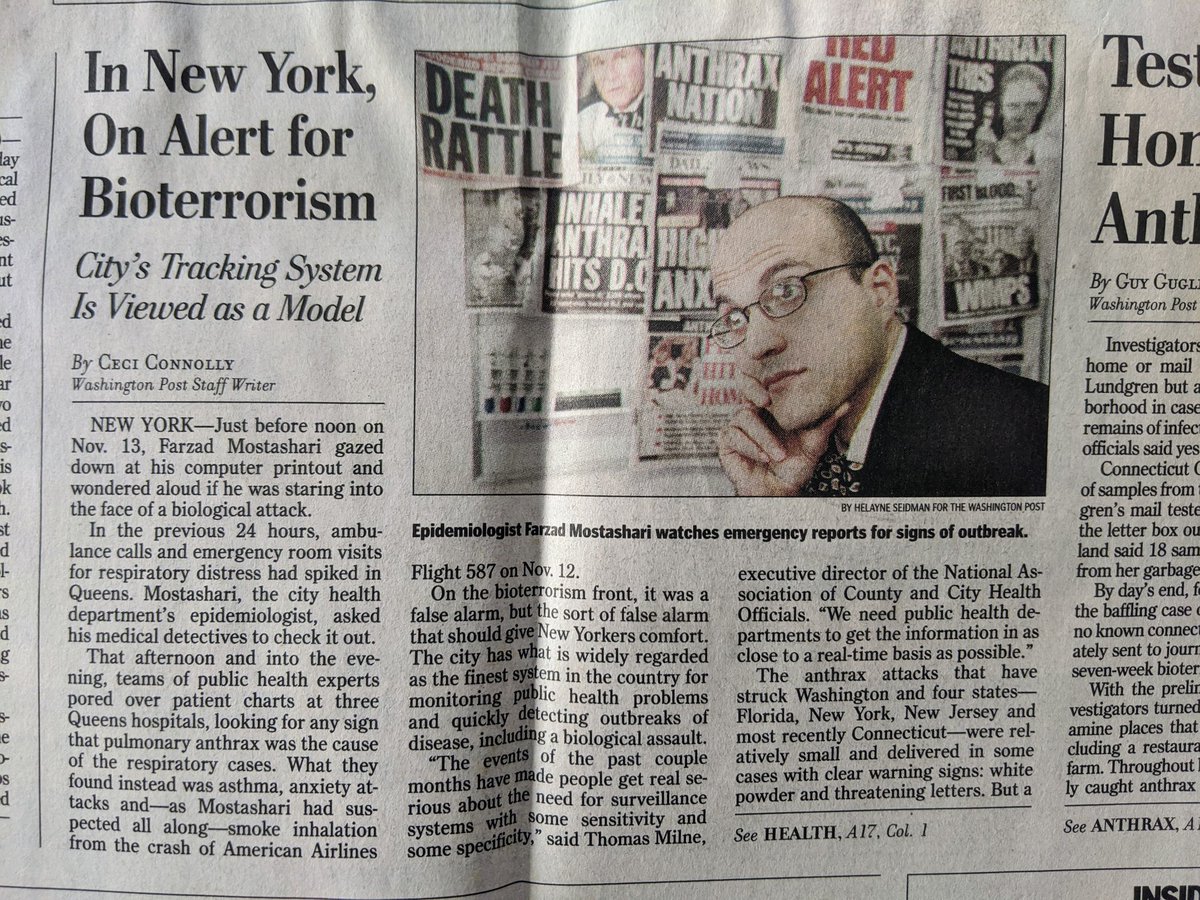
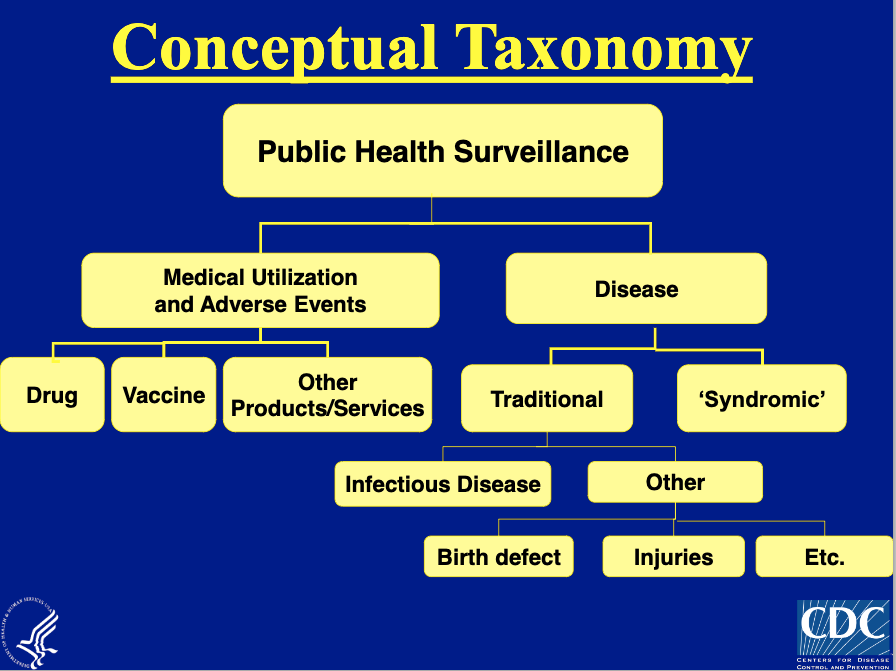
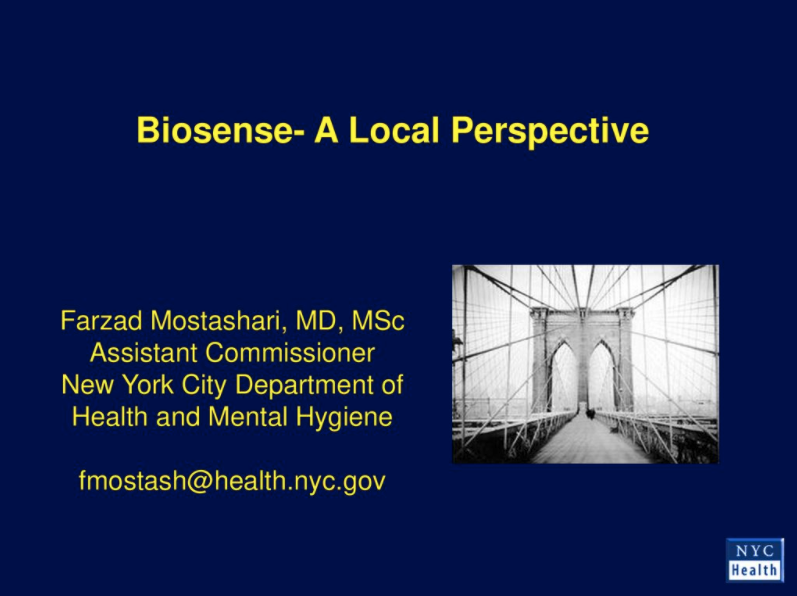
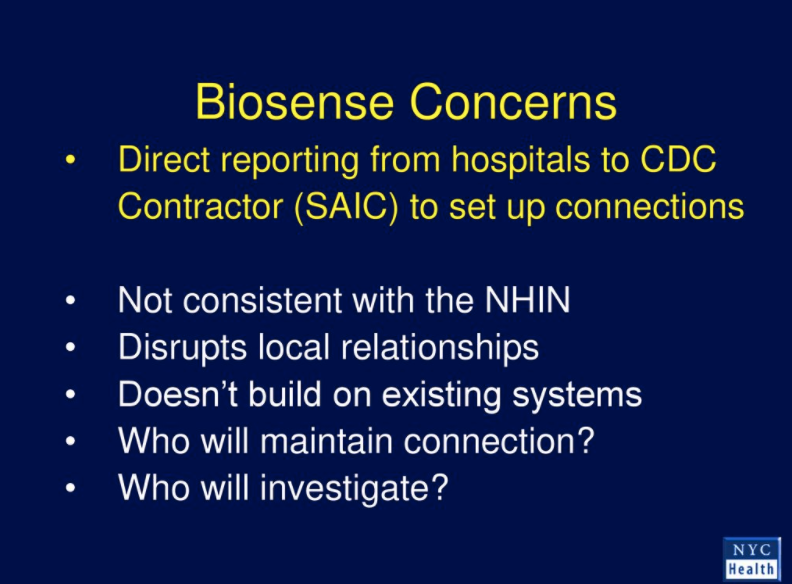

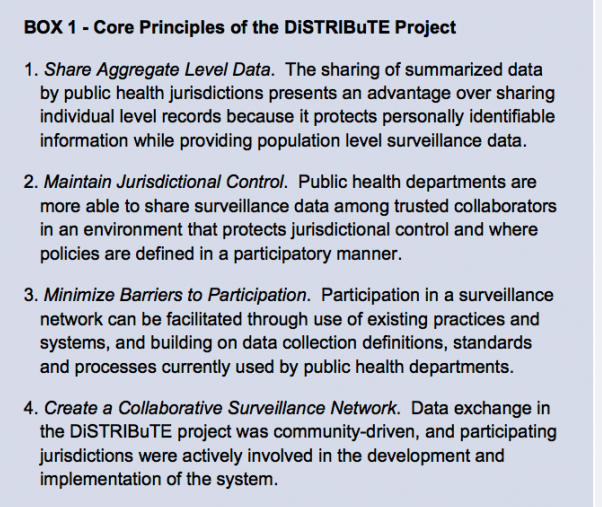
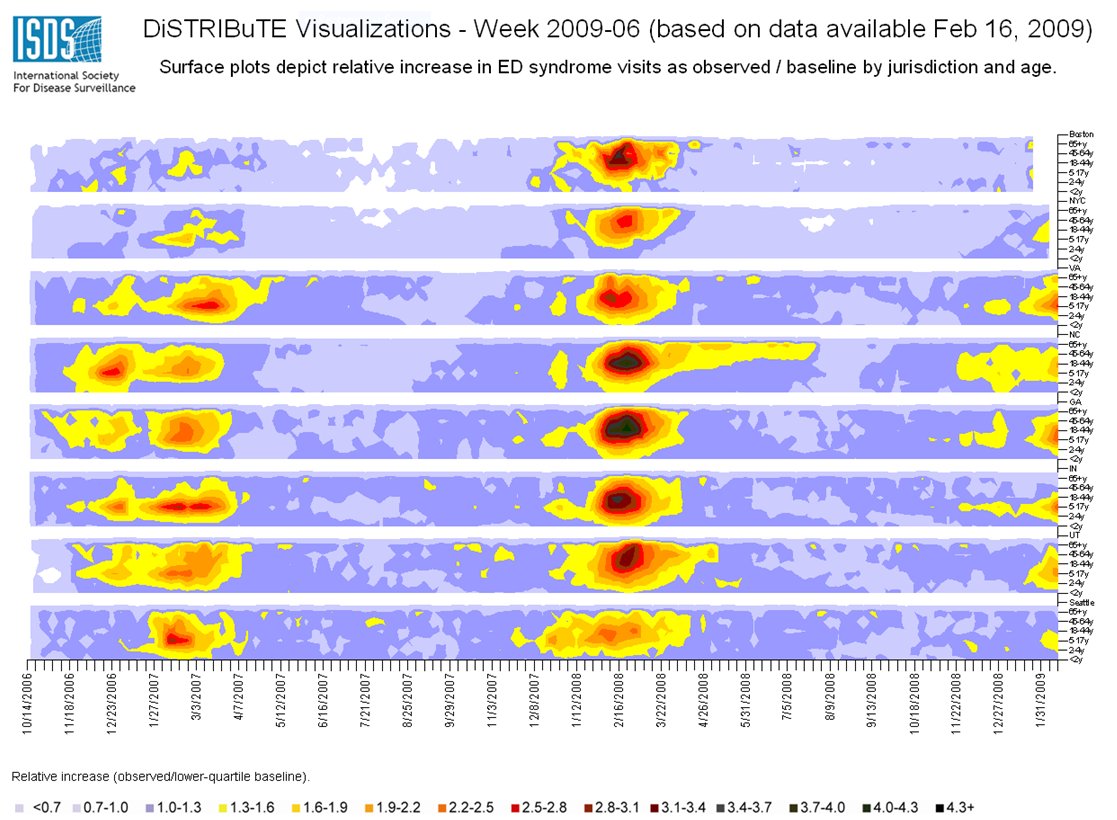
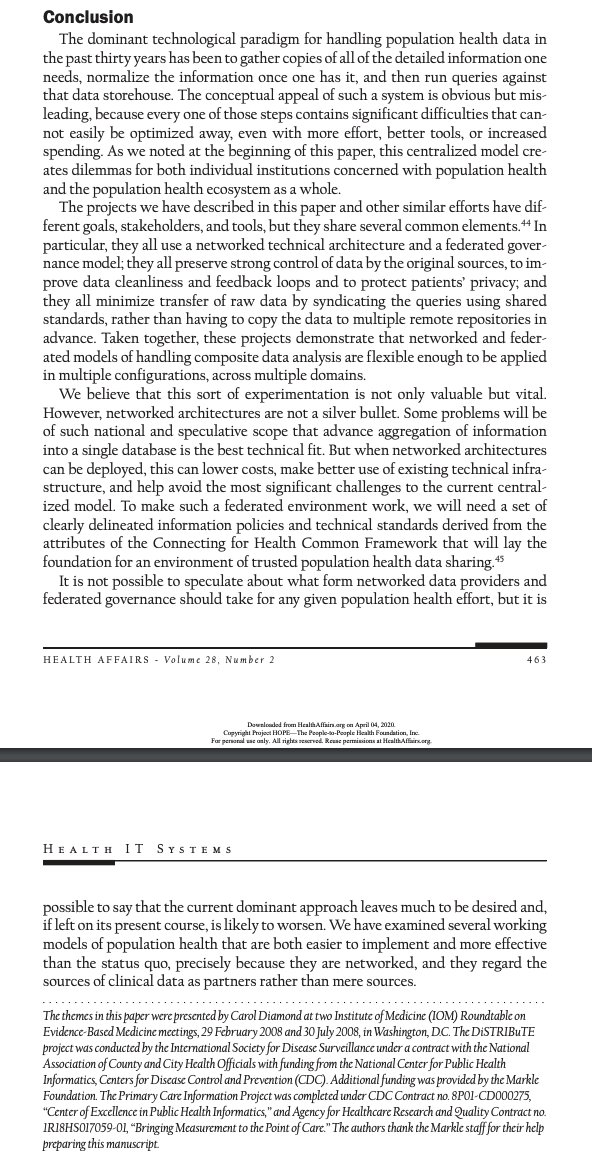
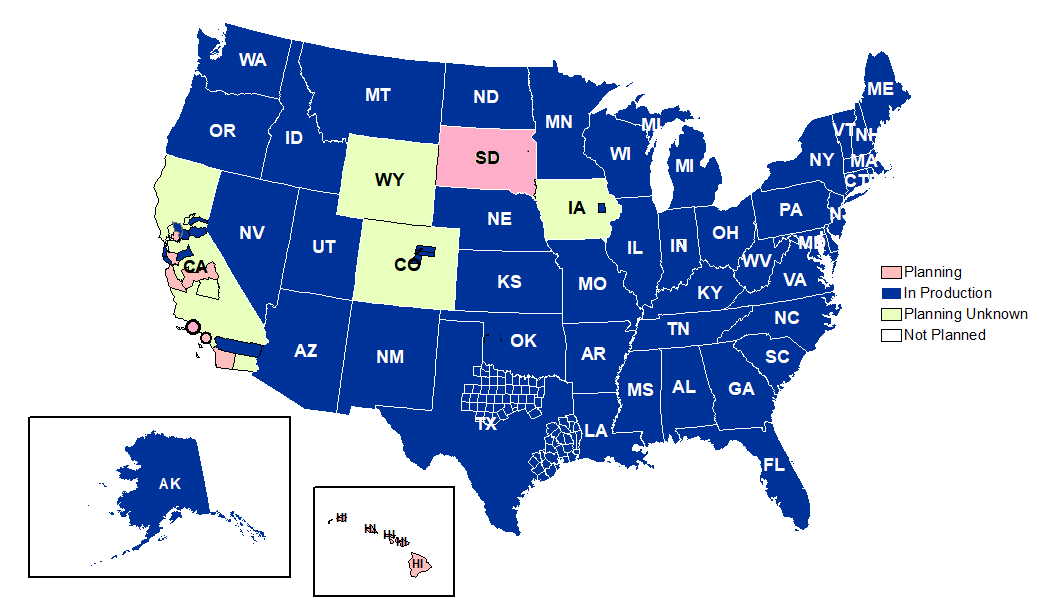 https://www.cdc.gov/nssp/part..." title="17/ So folks like @jim_daniel and @kasshout (now with @awscloud) and Mike Coletta helped create a shared architecture at CDC - a catchers mitt that over 70% of hospitals are reporting into - but state/Local Health retain ownership of their "locker" https://abs.twimg.com/emoji/v2/... draggable="false" alt="🇺🇸" title="Flag of United States" aria-label="Emoji: Flag of United States"> https://www.cdc.gov/nssp/part..." class="img-responsive" style="max-width:100%;"/>
https://www.cdc.gov/nssp/part..." title="17/ So folks like @jim_daniel and @kasshout (now with @awscloud) and Mike Coletta helped create a shared architecture at CDC - a catchers mitt that over 70% of hospitals are reporting into - but state/Local Health retain ownership of their "locker" https://abs.twimg.com/emoji/v2/... draggable="false" alt="🇺🇸" title="Flag of United States" aria-label="Emoji: Flag of United States"> https://www.cdc.gov/nssp/part..." class="img-responsive" style="max-width:100%;"/>
